Four-wheel drive—often abbreviated as 4WD—lends your vehicle a lot of extra power for muscling its way through inclement weather conditions. By applying torque to all four wheels of a car, 4WD allows for better traction, even as the roads become icy and slippery. It also greatly reduces the chances of becoming stuck after driving through mud or sleet. If you plan to take your car on a winter road trip, or even just navigate the city on a snowy day, it’s crucial to have access to four-wheel drive.
As powerful as it is, though, four-wheel drive can only truly be safe and effective when it’s applied skillfully, by a well-prepared driver. In this article, we’ll discuss everything you need to know about using 4WD in snow so that you can safely navigate even the worst winter weather.
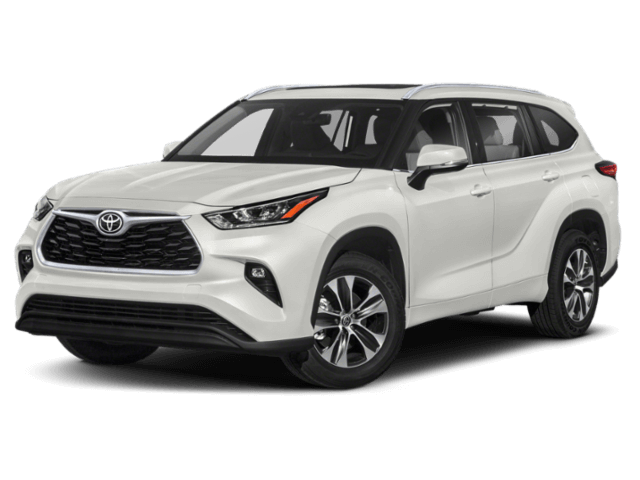
Preparedness Is Key
Before you take your vehicle into snowy conditions, make sure you are properly prepared for them. Preparing your car for winter should begin even before the weather starts to get cold. Bringing your vehicle in for scheduled maintenance ahead of time will reduce the chances of having a problem that causes you to be stranded in the snow. To winterize your car, start by having the oil and antifreeze changed. The battery should also be fully charged, as the cold weather will render it less effective. Finally, you should make sure the tires are fully inflated before embarking on any trip into the snow.
Proper preparedness also means checking ahead of time what the weather is expected to be like. Four-wheel drive can handle a lot, but heavier snowfall may require snow-tread tires or even chains. Some areas may even require these, particularly if you’re traveling in the mountains. Failing to prepare can leave you stranded in heavy snowfall, regardless of how powerful your engine is.
It’s also important to expect the unexpected. Anytime you leave home to drive in the snow, you should have plenty of cold weather gear in the car, as well as a few blankets, an ice scraper, and a flashlight. This way, if you do become stuck or stranded, you will be able to safely wait for help to arrive.
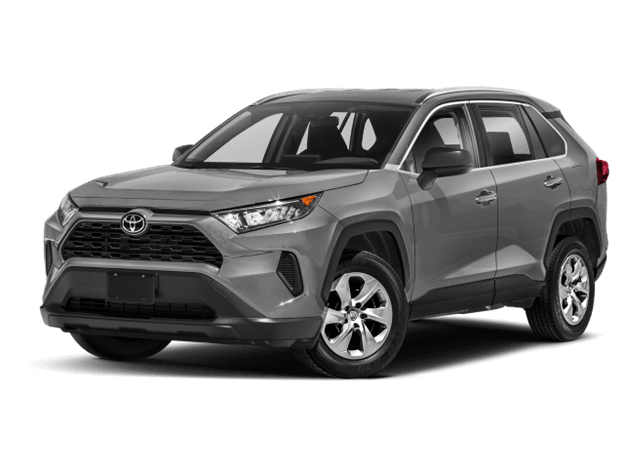
Engage 4WD Only When Necessary
When you’re driving a 4WD in snow, its primary purpose is to add extra torque to prevent your vehicle from slipping or becoming stuck. However, most vehicles don’t have permanent 4WD engaged, which means that your car will default to 2WD unless you indicate otherwise. This is important because driving with 4WD on bare pavement can be harmful to your car. Only engage the 4WD when you feel you need it; this means if you’re driving into snowy, icy, or wet conditions. It should also be engaged if you are off-roading.
With this in mind, are there any situations where you’ll need to quickly switch from 2WD to 4WD? The answer is yes: anytime you feel the car tires begin to slip, you can engage 4WD to regain control.
One of the biggest challenges of driving in inclement weather is the fact that icy patches aren’t always obvious. You may be driving on bare pavement with 2WD, only to suddenly feel the car begin to slip as you drive over unexpected or black ice. If this happens, engage the 4WD and carefully attempt to correct for the slippage. The reverse can also occur: roads can go from icy to bare without warning, so it’s crucial to be aware of the conditions and switch over whenever it’s necessary.
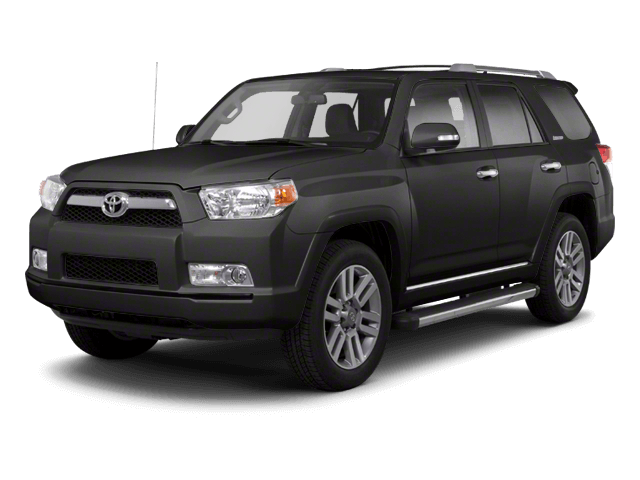
Take Advantage of New Technology
Most newer vehicles will come equipped with technology that will help you navigate snowy conditions. For example, the popular Toyota Highlander features a program for computerized lane-departure warning as part of the standard Toyota Safety Sense. This means that if the vehicle does begin to slip, you’ll immediately be alerted and be able to take action. Computer technology also allows for collision warnings and controls adaptive headlights, which increase your visibility when driving on dark winter evenings.
Some vehicles also come with what’s referred to as “S Gear” or “Snow Mode,” a setting that reduces the overall RPM of your wheels to avoid slipping or spinning out. Importantly, this setting helps the vehicle brake in slippery conditions, but it does so by bringing the car into a lower gear. While it can work in tandem with 4WD, S Gear should not be engaged at higher speeds.
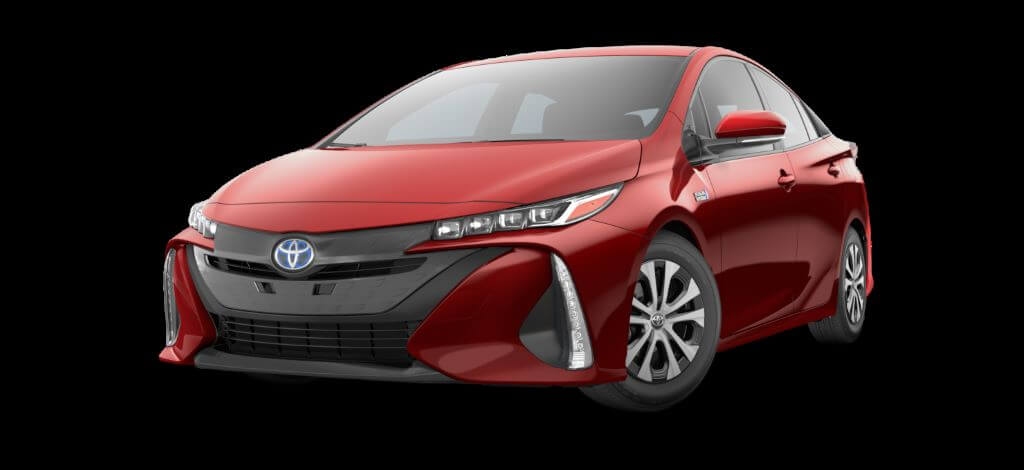
Know Your Limitations
When you have the right vehicle and are properly prepared, you needn’t fear driving out into icy or snowy weather. However, it’s also important to know your limitations when driving a car with 4WD in snow. Remember that while 4WD improves your traction, it doesn’t actually assist with braking. This means that, on slippery roads, you should always apply the brakes with plenty of time to allow yourself to slow down safely.
It’s also important to remember that just because your vehicle has 4WD, it doesn’t mean you should forego safety considerations and drive at high speeds on icy or snowy roads. Even with a powerful car that is designed to handle extreme weather, you should still exercise caution and drive more slowly than you would on a sunny, clear day.
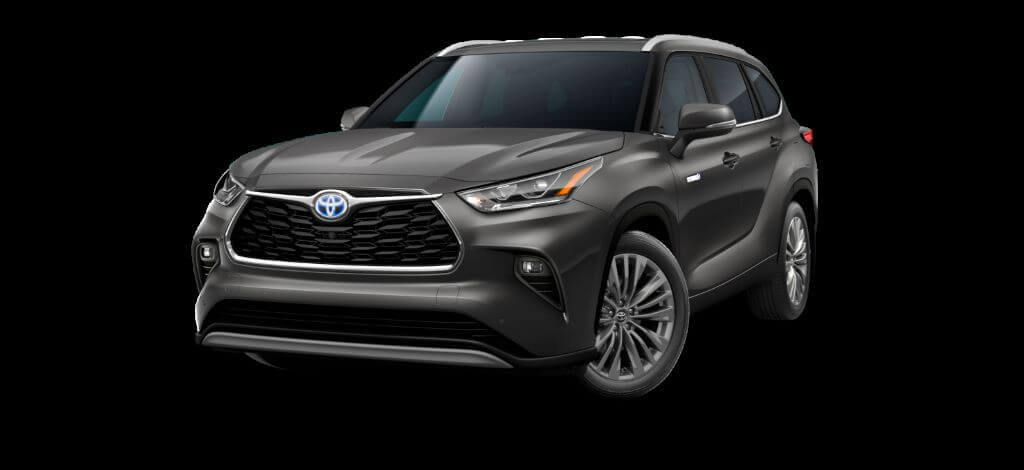
Buy The Right Car – And Keep It Maintained
As we mentioned above, navigating winter weather is a question of being properly prepared, and this preparedness begins when you first begin car shopping. Head to Beaverton Toyota and let us know you are planning to do some driving in the snow. We’ll recommend a vehicle that has 4WD and a powerful engine that can handle snow as well as off-roading.
Beaverton Toyota also offers ToyotaCare, which means no-cost maintenance for your vehicle for 2 years or 25,000 miles, whichever comes first. Taking advantage of this maintenance program ensures that your vehicle will always be ready for winter and that you’ll also have access to 24-hour Roadside Assistance should you ever require it.





